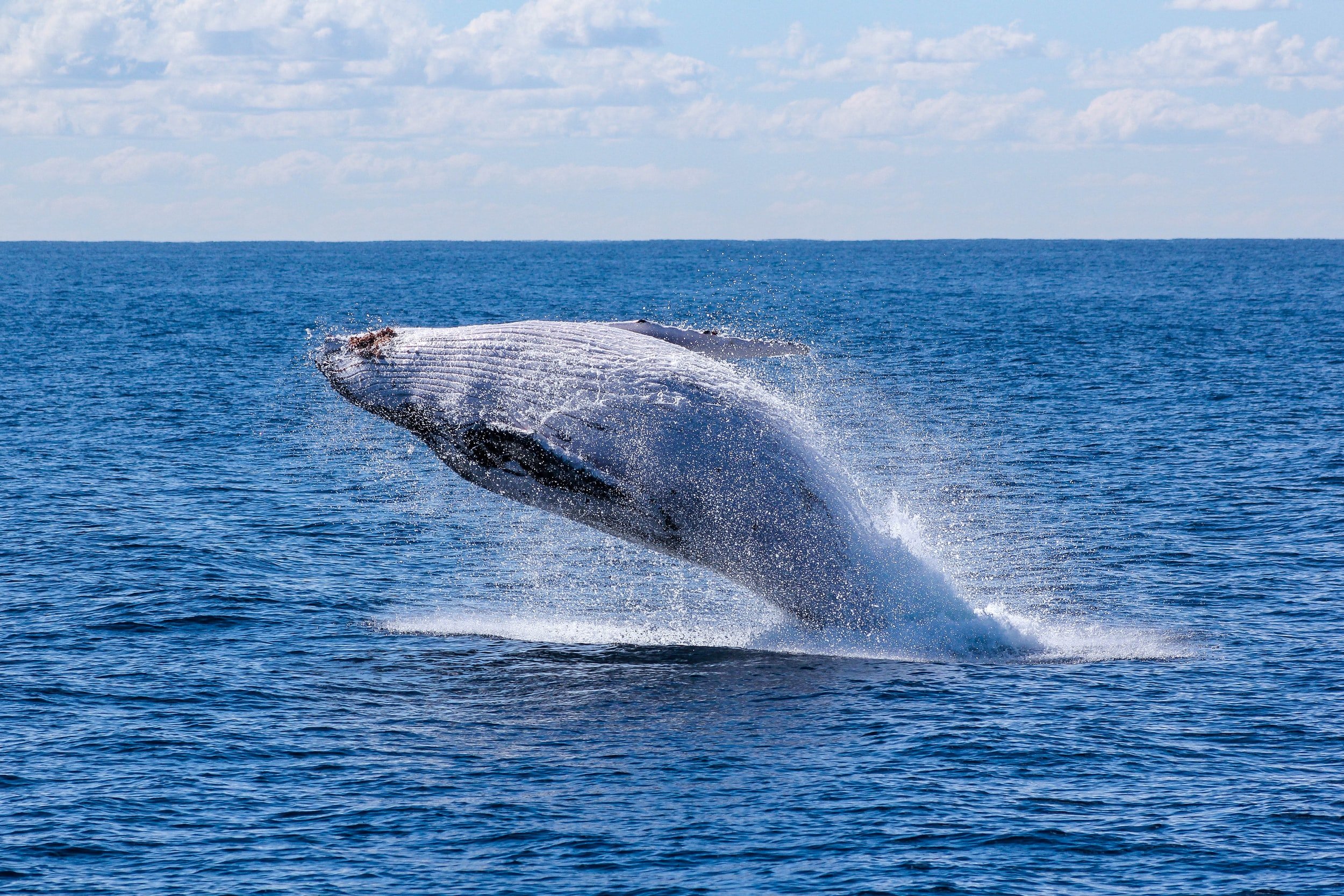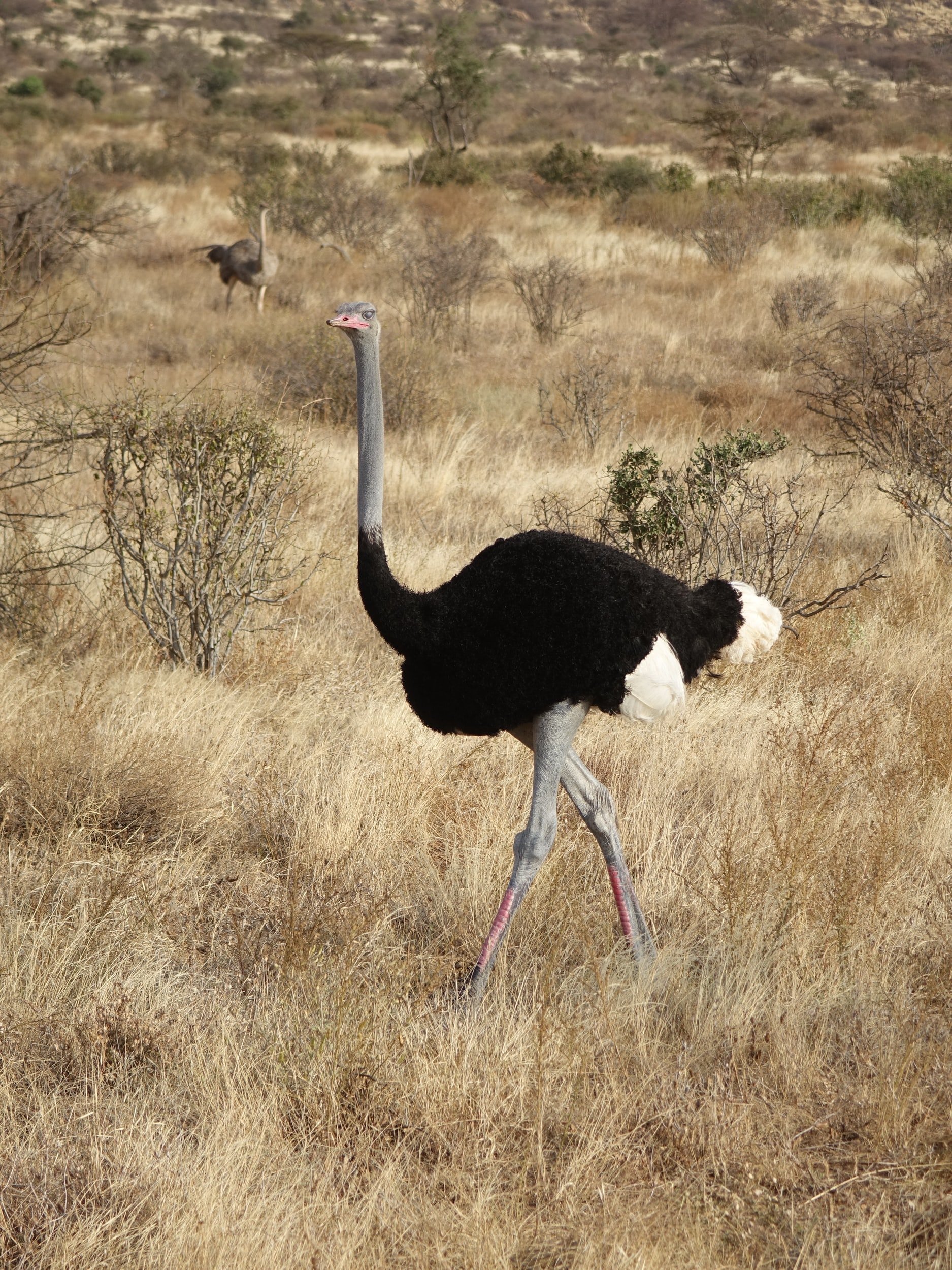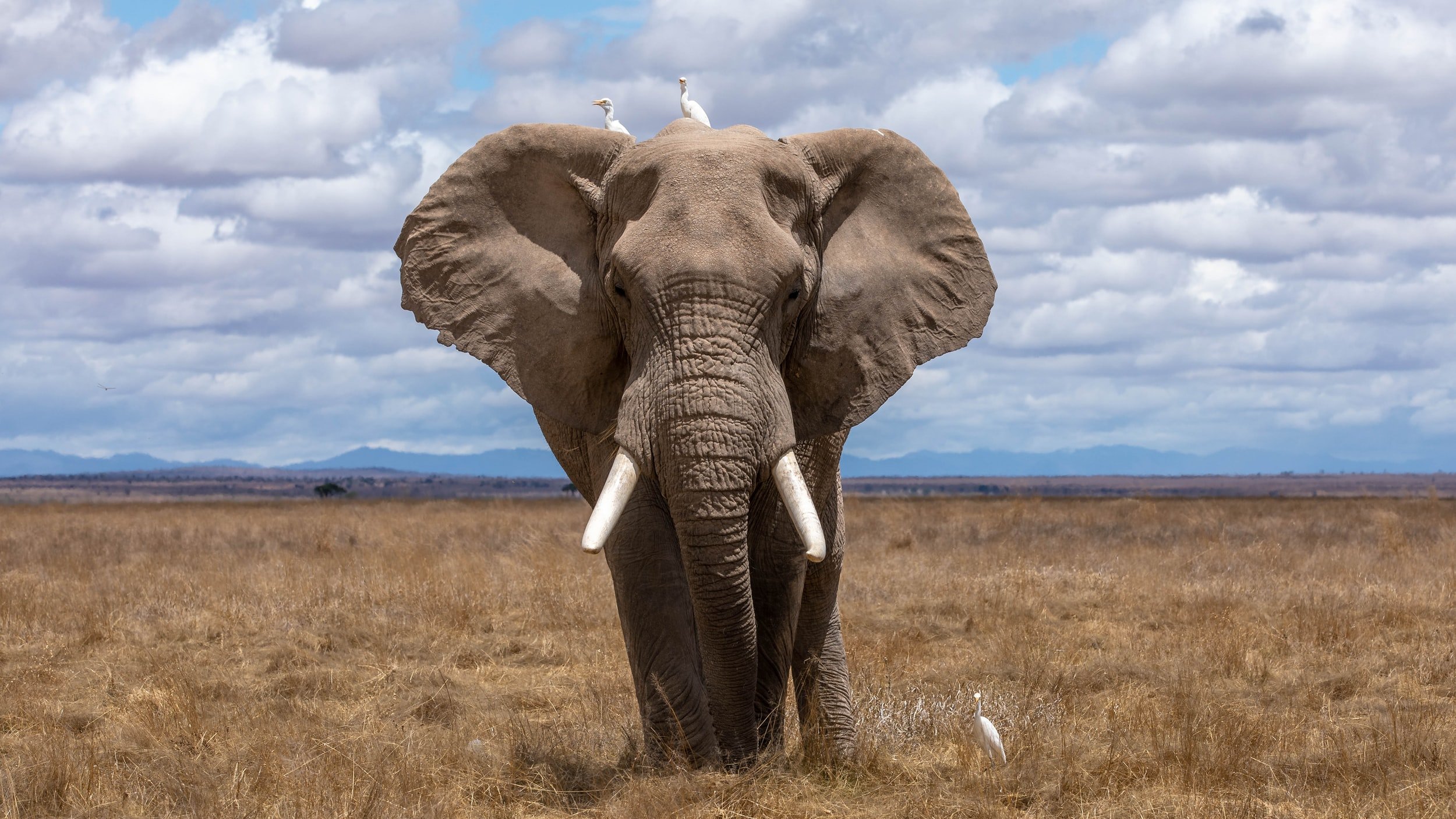Animals come in all shapes and sizes. Some are tall, some are heavy and some are massive in overall size. Whether you are measuring by height, length, weight, or body size we have a list of the biggest animals from all over the world.
Blue Whale
Title: largest animal that has ever lived
Size: 21m to 30 metres
Weight: up to 199,000kg
Diet: krill and occasionally fish and tiny crustations
Average life span in the wild: 80-90 years
Interesting facts about the blue whale
They are loud: blue whales are amongst the loudest animals in the world. Their vocalisations are mainly low frequency as their ears are developed for detecting these sounds. They make a series of pulses, groans and moans to navigate sea depths and communicate to each other, it is believed, up to 1,600km in good conditions.
They have big organs: several of their organs are the largest in the animal kingdom. Their tongues can weigh as much as an elephant, up to 3,600kg. Their liver can weigh as much as a walrus, around 1,00kg. Their hearts can weigh around 180kg, about the size of a gorilla.
They have big calves: a blue whale calf can weigh 2,000-3,000kg and measure 6-7 metres long at birth. The mother produces around 220kg of milk per day for her calf to drink in their first year. Calves gain roughly 17,000kg during this time.
Giraffe
Title: tallest living animal on earth
Height: 4.3m to 5.7 metres
Weight: up to 1,190kg
Diet: leaves, buds, herbs, climbers and vines. Flowers and fruit when in season.
Average life span in the wild: 25 years
Interesting facts about the giraffe
They don’t sleep much: giraffe’s sleep for around 4.6 hours per day, mostly at night. They can sleep standing up or lying down. Their sleep cycles are quite short, lasting 35 minutes or shorter.
Impressive long necks: a giraffe’s neck can grow up to 2.4 metres in length and is used to access the topmost branches in a tree, which no other animal can reach. This cool adaptation prevents them from having to compete with other animals for their food. The lengthening of their neck largely takes place after they are born to support the mothers birthing process.
Impressive long legs: the legs on a giraffe can grow up to 1.8 metres tall, that’s bigger than the average human! These lanky legs feature a special suspensory ligament that allows them to support their weight and sprint up to 60km per hour over short distances. They move their head and neck backwards and forwards to maintain balance while galloping.
Ostrich
Title: largest living bird on earth
Height: 1.7m to 2.8 metres
Weight: up to 145kg
Diet: plants, insects and small lizards
Average life span in the wild: 30-40 years
Interesting facts about the ostrich
They cannot fly: the common ostrich is not built to fly. Their breastbones are flat, lacking the keel that anchors the strong pectoral muscles required for flight.
They can run fast - they can run at length at 55km per hour or up to 70km per hour in short bursts, the fastest land speed of any bird. They have just two toes on each foot (most birds have four), which helps them run. They also use their wings to help them change direction while running.
They lay giant eggs - their eggs are the largest of any bird measuring approximately 15cm long, 13cm wide and weighing 1.4kg, that’s over 20 times the weight of a chickens egg!
Saltwater crocodile
Title: largest living reptile on earth
Size: 3m to 6 metres
Weight: up to 1,000kg
Diet: fish, sharks, crustaceans and various reptiles, birds and mammals
Average life span in the wild: up to 70 years
Interesting facts about the saltwater crocodile
They are fast: saltwater crocodiles are opportunistic feeders and can move fast when necessary to strike at their prey. They can swim up to 29km per hour in short bursts when required. They use their feet and tail to propel them quickly at the water’s edge.
They have the strongest bite: saltwater crocodiles have around 66 sharp teeth and can apply 3,690 pounds per square inch (psi) in a single bite, the strongest bite of any living animal. In comparison, lions, tigers and hyenas generate around 1,000 psi per bite. If their teeth happen to break, they simply grow new ones!
They have been around a while: saltwater crocodiles are one of the oldest creatures to walk the planet and first appeared over 240 million years ago which was during the time of the dinosaurs.
African elephant
Title: largest and heaviest living land animal on earth
Height: 2.6m to 4 metres tall at the shoulder
Weight: up to 6,000kg
Diet: grasses, herbs and creepers. Also leaves and bark in the dry season.
Average life span in the wild: 60-70 years
Interesting facts about the African elephant
Impressive trunk: their amazing muscular trunk is so strong it can lift about 3% of their body weight. They use their trunks to eat, drink, smell, breath, touch, communicate, defend and attack. They have two finger like features at the ends of their trunk that they can use to grab small items. They sometimes swim underwater and use their trunks as a snorkel.
They know how to keep cool: their large ears help to regulate their body temperature by flapping, just like a giant fan. They also have large blood vessels on the insides of their ears that maximise heat loss during hot weather. On especially hot days, they suck water into their trunks and spray it all over themselves. Afterwards, they often spray a protective coating of dust over themselves.
They have long pregnancies: African elephants have a longer pregnancy than many other animals of 22 months. Calves are cared for by both their mother and other young females in the group. At birth elephants can weigh around 100kg.
Whale shark
Title: largest living fish on earth
Size: 8m to 9 metres
Weight: up to 19,000kg
Diet: plankton, small fish and shrimp
Average life span in the wild: 80-130 years
Interesting facts about the whale shark
They have big mouths: while they are feeding their mouth can stretch over 1.2 metres wide. Whale sharks are filter feeders and cannot bite or chew. Instead, they sieve plankton through their gills for nourishment.
They are gentle giants: despite their large size, the whale shark poses no threat to humans. They have been photographed swimming close to humans without any danger.
They can dive deep: blue whales live in the open sea and have been known to occasionally dive deep depths of up to 1,900 metres.
Capybara
Title: largest living rodent on earth
Size: 106-134cm long, 50-62cm tall
Weight: up to 66kg
Diet: grasses, aquatic plants, fruit and tree bark
Lifespan: 8-10 years
Interesting facts about the capybara
They are related to guinea pigs: Capybara’s closest relatives are guinea pigs and rock cavies. Just like their relatives they are rather vocal, expressing themselves by purring, barking, whistling, squealing, whining, grunting and chattering their teeth depending on what they are trying to communicate. Their teeth also grow continuously and are ground down by constant eating. They are highly social, preferring to live amongst herds of 10-20 and are often sighted mixing with other animals.
They are great swimmers: they have webbed feet that helps them move around in the water and their nose and eyes are positioned at the top of their head to help them see and breathe while they swim. They can dive and remain completely submerged underwater for up to 5 minutes which comes in handy to escape from predators! They can also sleep in the water, keeping only their noses out on the edge of a bank.
They can run fast - Capybara’s are fast on land too, running up to speeds of 35km per hour, that as fast as a horse!
Sources: Wikipedia & National Geographic.








